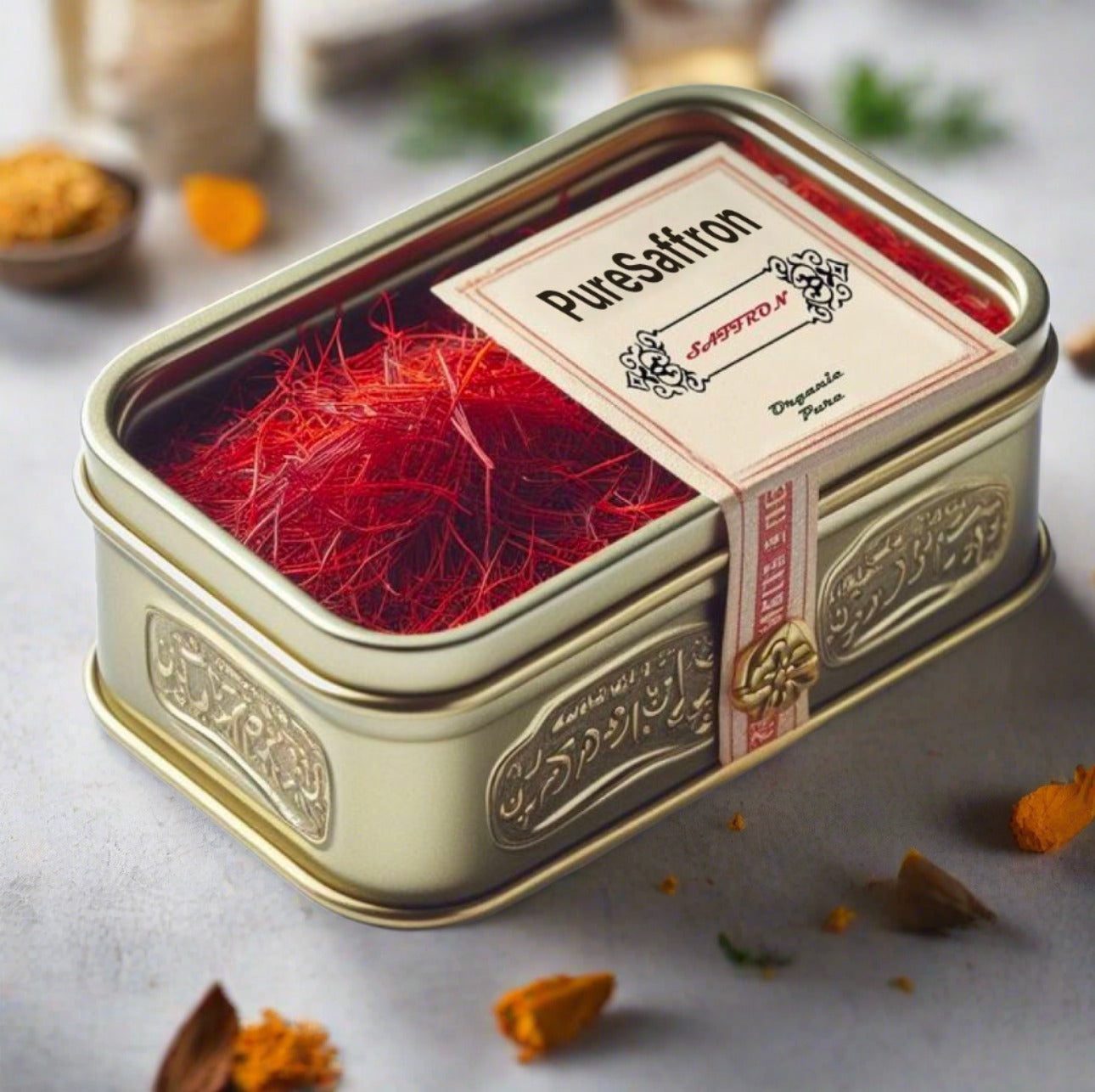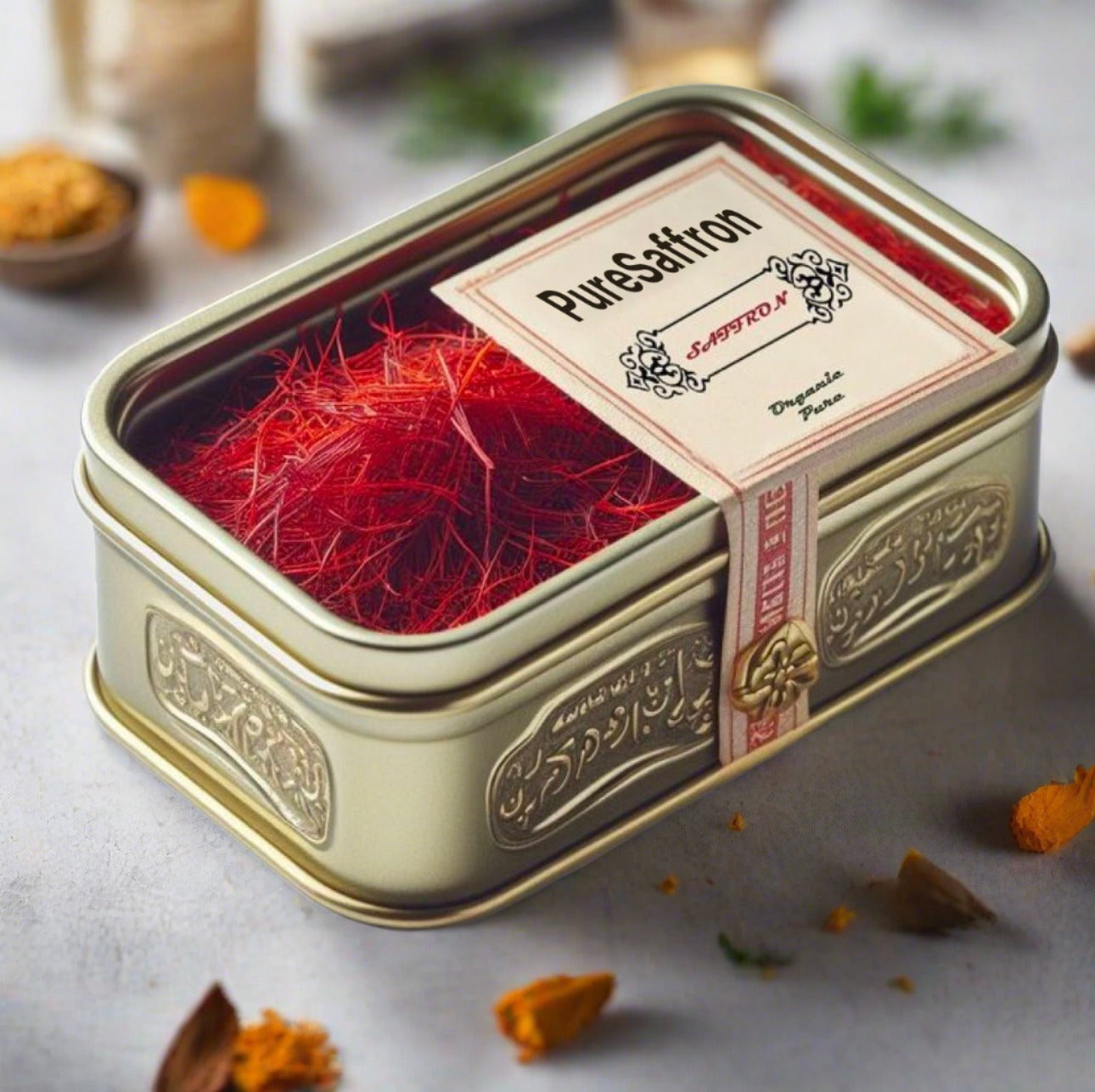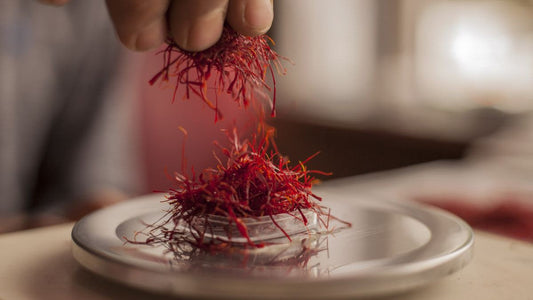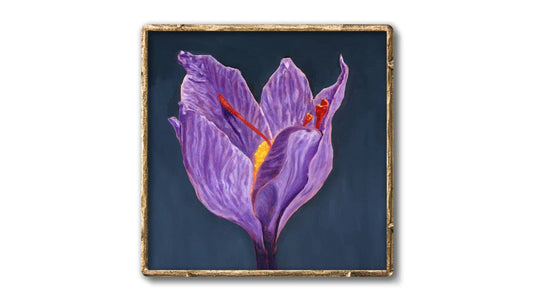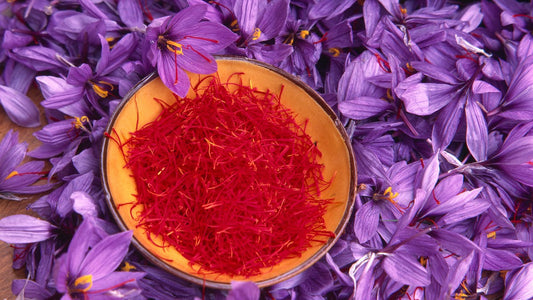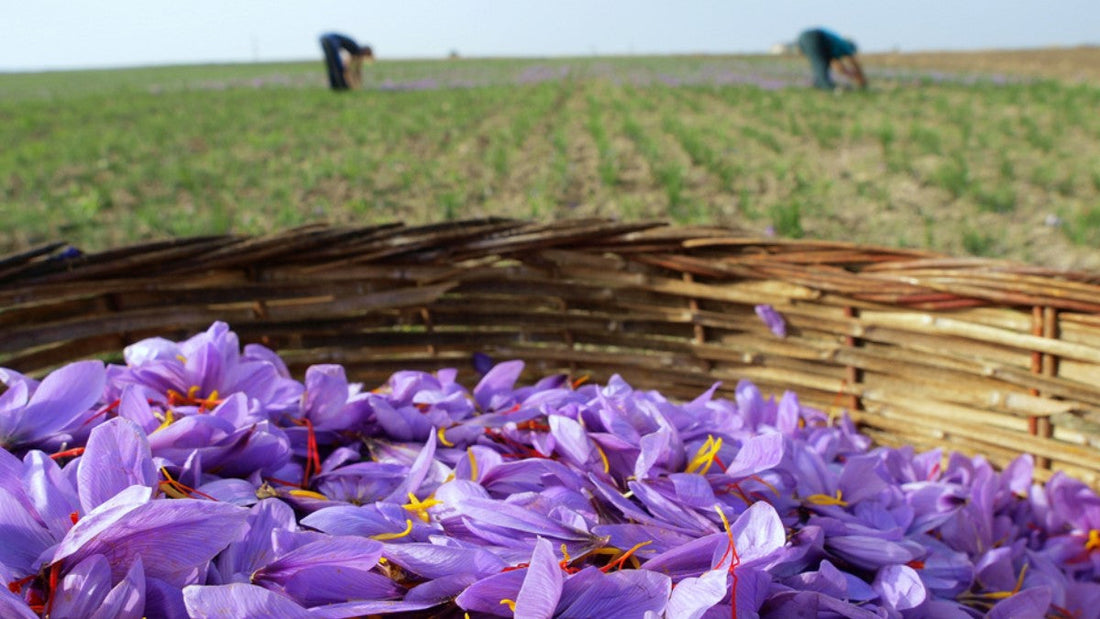
Saffron Origin Comparison: Understanding Global Saffron Varieties
Ara OhanianShare
Saffron, often referred to as the "golden spice," is a treasured ingredient across the globe. Known for its vibrant color, distinct aroma, and remarkable health benefits, saffron is cultivated in several regions, each lending unique characteristics to this luxury spice. In this saffron origin comparison, we’ll explore the key differences and qualities of saffron from various regions, including Iran, Spain, India, and others.
Why Does Saffron's Origin Matter?
The origin of saffron plays a crucial role in determining its flavor profile, aroma, and color intensity. Factors such as soil composition, climate, and cultivation techniques influence the quality and characteristics of saffron. Understanding these differences can help you make informed decisions when purchasing saffron for cooking, medicinal, or cosmetic purposes.
Major Saffron-Producing Countries and Their Unique Characteristics
Let’s dive into the most prominent saffron-producing regions and compare their saffron varieties:
1. Iranian Saffron
Iran is the largest producer of saffron globally, accounting for over 90% of the world’s supply. It is often regarded as the gold standard of saffron due to its superior quality.
- Color: Deep red with minimal yellow threads.
- Aroma: Rich and earthy, with hints of honey.
- Flavor: Robust, slightly sweet, and bitter undertones.
- Uses: Ideal for culinary applications, especially in dishes like Persian rice and desserts.
To experience the essence of premium Iranian saffron, you can explore our Persian Pure Saffron here.
2. Spanish Saffron
Spain is another well-known saffron producer, particularly from the Castilla-La Mancha region. Spanish saffron is highly sought after for its vibrant color and milder flavor.
- Color: Bright red, sometimes with orange hues.
- Aroma: Subtle and floral.
- Flavor: Mild, sweet, and slightly nutty.
- Uses: Commonly used in Spanish dishes like paella, as well as in soups and stews.
3. Indian Saffron (Kashmiri Saffron)
India, particularly the Kashmir region, produces saffron that is renowned for its bold color and intense aroma. Kashmiri saffron is often considered one of the most luxurious varieties.
- Color: Dark maroonish-purple threads, offering high color strength.
- Aroma: Strong and musky.
- Flavor: Full-bodied, with a rich and slightly bitter taste.
- Uses: A staple in Indian cuisine, often used in biryanis, desserts, and traditional drinks like kesar milk.
4. Afghan Saffron
Afghanistan has emerged as a high-quality saffron producer in recent years. Afghan saffron is often compared to Iranian saffron because of its similar climatic conditions and cultivation techniques.
- Color: Vibrant red with minimal yellow strands.
- Aroma: Floral and slightly spicy.
- Flavor: Balanced, with a mix of sweetness and bitterness.
- Uses: Suitable for both culinary and medicinal purposes.
5. Other Notable Regions
While Iran, Spain, India, and Afghanistan dominate the saffron market, other regions like Greece, Italy, and Morocco also produce saffron, each with its unique qualities:
- Greek Saffron (Krokos Kozanis): Known for its earthy flavor and vibrant color, primarily used in Mediterranean dishes.
- Italian Saffron: Produced in regions like Sardinia and Abruzzo, this saffron is mild yet flavorful, often used in risottos.
- Moroccan Saffron: Known for its warm and spicy aroma, commonly used in tagines and teas.
Factors to Consider When Comparing Saffron Origins
When choosing saffron, it’s essential to evaluate its origin based on these factors:
- Color Strength: The deeper the red hue, the higher the crocin content, which determines the coloring strength.
- Aroma: A strong and pleasant aroma indicates high levels of safranal, the compound responsible for saffron’s fragrance.
- Flavor: The balance between sweetness and bitterness varies depending on the origin.
- Price: Saffron from regions like Kashmir or Spain may be more expensive due to limited production and high demand.
- Culinary Application: Some saffron types are better suited for specific cuisines or dishes.
Conclusion: Which Saffron Origin is Right for You?
Ultimately, the best saffron for you depends on your personal preferences and intended use. If you’re looking for the highest quality saffron for culinary or medicinal purposes, Iranian and Kashmiri saffron are excellent choices. For a milder flavor, Spanish saffron is a great option. No matter which origin you choose, ensure you’re purchasing from a trusted source to guarantee authenticity and quality.
Ready to experience the rich flavors of premium saffron? Explore our hand-picked, high-quality Persian Pure Saffron today!
FAQs About Saffron Origin Comparison
-
Q1: Which country produces the best saffron?
A: Iran is the largest and most renowned producer of high-quality saffron. However, regions like Kashmir (India) and Spain also produce exceptional saffron varieties. -
Q2: How does Iranian saffron differ from Spanish saffron?
A: Iranian saffron is known for its deep red color, robust flavor, and earthy aroma, while Spanish saffron has a milder flavor and a slightly floral aroma. -
Q3: Why is Kashmiri saffron so expensive?
A: Kashmiri saffron is expensive because of its limited production, high labor costs, and superior quality with intense aroma and color. -
Q4: Can saffron from different origins be used interchangeably?
A: Yes, saffron from different origins can be used interchangeably in cooking, but the flavor, aroma, and coloring strength may vary. -
Q5: How can I ensure I’m buying authentic saffron?
A: Always purchase saffron from trusted sellers who provide lab-tested, pure saffron. You can buy authentic Persian saffron from our online store.
